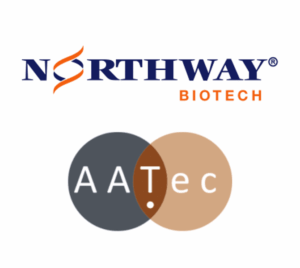A team of scientists led by David Serrate, a researcher at the CSIC at the Aragon Institute of Nanoscience and Materials (INMA), has successfully measured for the first time the magnetic behavior of a graphene nanostructure. The work is published in the journal Nature Communications, where the authors not only reveal the magnetic state of narrow graphene ribbons (about 2 nanometers), but also present the method they have developed to magnetically characterize any planar nanographene.
In addition to the INMA (a joint institute of the CSIC and the University of Zaragoza), other Spanish centers participated in this research: DIPC (Donostia International Physics Center), CINN (Nanomaterials & Nanotechnology Research Center, CSIC-University of Oviedo), CFM (Center for Materials Physics, CSIC-University of the Basque Country) and CIQUS (Singular Center for Research in Biological Chemistry and Molecular Materials, at the University of Santiago de Compostela). The experimental development was carried out in the Advanced Microscopy Laboratory (LMA) at the University of Zaragoza.
To carry out the study, they started with a specifically designed organic precursor and synthesized the ribbons directly on a magnetic surface, obtaining atomically precise edges consisting of an alternating sequence of zig-zag graphene segments. This geometry allows for strong confinement of the graphene’s electron cloud around its edge, which causes instability that is responsible for the intrinsic magnetism of the graphene nanostructure, a notable fact considering that the ribbon is formed only by non-magnetic atoms of carbon and hydrogen.
The detection method is spin-polarized STM (scanning tunneling microscopy), a kind of microscopy that takes images of the electron current flowing between the sample and an atomically sharp needle capable of counting how many electrons travel with one or another magnetization. Graphene nanostructures of this and other types are of great interest for engineering electronic states, as they possess magnetic and quantum properties on demand.
The so-called bottom-up synthesis techniques have succeeded in producing atomically perfect structures with controlled size, shape, and edge topology. Thanks to their versatility, low production cost, and dimensions within the quantum scale, they are considered an excellent alternative to silicon-based electronic devices. Research in this field is aimed at preserving the quantum properties and improving the quantum coherence of this type of ribbons. “In a few years, we will be able to offer the proof of concept of an organic and self-assembled quantum bit… or so I hope!” points out Serrate.
Source: MiMub in Spanish












